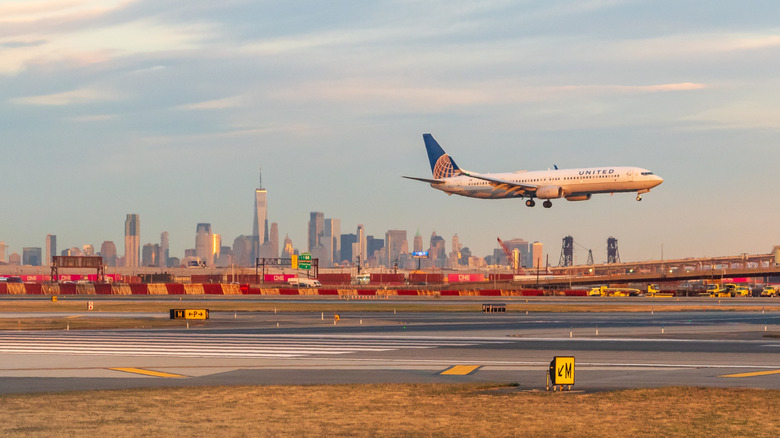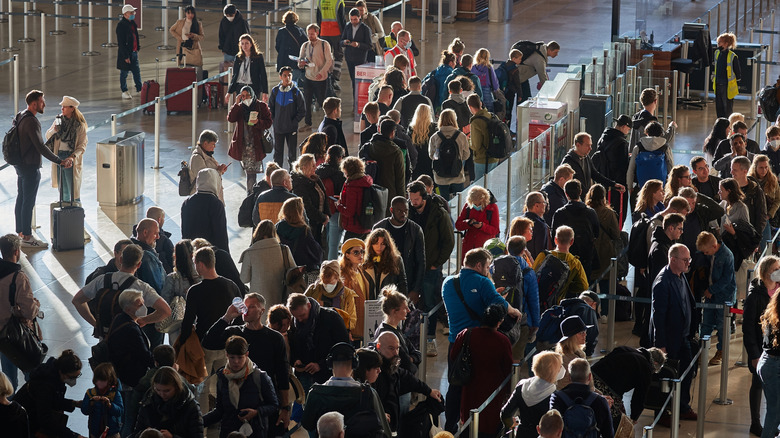
Travelers often worry about delays, lost luggage, and even aircraft crashes, yet few stop to think about the invisible risk of hackers targeting airline systems. Dangerous cyberattacks on airlines and airports are on the rise, and they affect the average passenger more than they realize. The truth is, modern aviation relies almost entirely on technology. While this helps airports function efficiently, it also means that everything from flight schedules to check-in kiosks rely on technological systems that can
be manipulated by hackers.
From the moment you log on to an airline booking system to the day you board your flight, every aspect of the aviation industry utilizes the internet. Like with any good thing comes a dark side: cybercriminals looking to exploit the vulnerable for a profit. Cyberattacks can impact air traffic control towers, flight scheduling, and on-ground logistics, and passengers play a bigger role than most realize in the security chain. The simple reality is that most cybercriminals are after personal information — data that can help them access bank accounts. With around 60% of people using the same password for multiple sites, the password you use to log in to an airline booking system could lead a hacker directly to your online banking application.
According to data published by Resilinc (via Simple Flying), aviation cyberattacks increased by 24% in the first half of 2023. Airlines including WestJet, Hawaiian Airlines, and Qantas have all reported falling victim to cybercrime in 2025. A notorious hacker group, known as "Scattered Spider," uses clever social phishing techniques with the help of artificial intelligence (AI), where hackers impersonate an individual to trick staff into granting access to internal airline systems. Once inside, the consequences extend to the customers within that database, leaking personal information and even payment details onto the Dark Web.
Read more: Seemingly Normal Behaviors That TSA Will Watch You Like A Hawk For At The Airport
The Cost Of Airline Attacks And How To Avoid Them

With AI now in play, airports and airlines are using advanced tools to monitor and map disruptions in their systems. These new advancements and firewalls are critical for preventing cyberattacks. The issue is, hackers have access to the same AI-driven tools, and while the industry might be more prepared for an attack, attackers are evolving just as fast.
Sumit Vakil, the co-founder of Resilinc, told Simple Flying, "In the U.S., the FAA continues to use outdated systems, some of which are 30 years old. These systems could be vulnerable to cyber attacks, especially from hackers backed by adversarial nations. Such an attack could have catastrophic consequences for the U.S., given its reliance on air travel." Not only do cyberattacks affect the reputation of an airline or an airport, sometimes costing millions of dollars, but they could even go so far as to involve government espionage, critically impacting a country's political and economic stability.
While passengers often underestimate their role in airline cybersecurity, the risk runs both ways. Customers could put airlines at risk just as much as airlines and airport staff could put customers at risk. Some common mistakes people make at the airport include using public USB charging devices, which could be planted with malware that can infect a handheld device. Even airport Wi-Fi, considered one of the most important airport amenities, isn't risk free (although there are ways to protect your data while using airport Wi-Fi). While airlines, airports, and their third-party vendors constantly update their software to stay ahead of threats, the reality is that cyber resilience is a moving target — especially with AI advancements on both sides. Since it can all begin with a singular handheld device, learning how to avoid being hacked is the first step.
Ready to discover more hidden gems and expert travel tips? Subscribe to our free newsletter for access to the world's best-kept travel secrets.
Read the original article on Islands.













